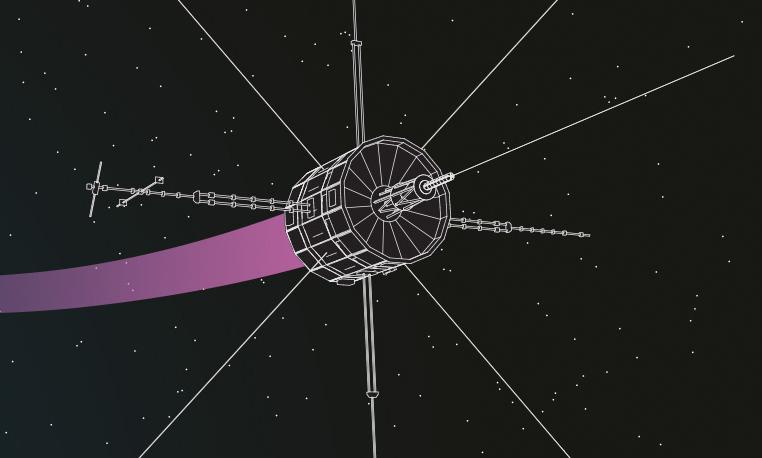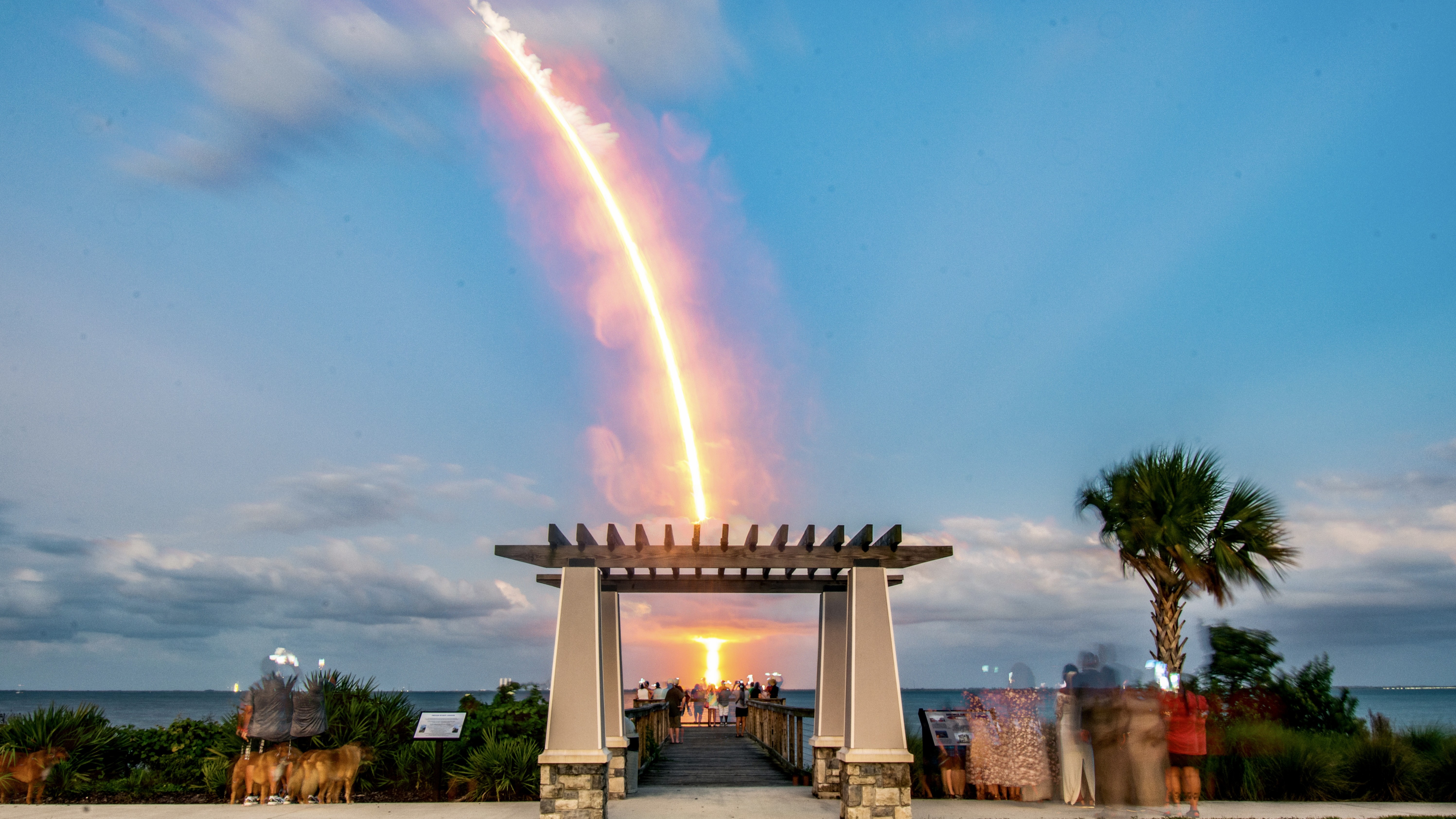After Moon Flyby, Vintage NASA Spacecraft to Study the Sun

As a vintage spacecraft soars out of Earth's vicinity, the private team working with it plans to use the probe for solar science for as long as they can stay in touch with the satellite.
The minds behind the so-called ISEE-3 Reboot Project have been controlling the 36-year-old International Sun-Earth Explorer (ISEE-3) for the past few weeks. At first they planned to park it close to Earth, but they abandoned that plan after finding out that the probe was out of the pressurant needed to move the craft.
At least some of the 13 science instruments are still working, however. So the old spacecraft will do one of the things it was originally tasked to do: study solar weather. Its measurements will be compared with those taken by the network of satellites that are closer to Earth's vicinity like NASA's Solar TErrestrial RElations Observatory (STEREO). [See photos of the ISEE-3 mission]
"By comparing the measurements between these … spacecraft, we can get some idea of the scale sizes of the turbulence of the solar wind and the structure within the solar wind," said Christopher Scott, a United Kingdom-based project scientist with STEREO, in a Google+ Hangout on ISEE-3 Sunday (Aug. 10).
He added this would be important information for space weather forecasts, which allow scientists to predict how severe a storm could be when it reaches Earth. Strong solar storms have the potential to damage satellites in orbit or even cause ill effects to power systems on the ground.
ISEE-3 passed within about 7,500 miles (12,000 kilometers) of the moon on Sunday before continuing on its orbit around the sun. Officials on the broadcast predict they will be able to hear from the probe for about the next couple of months.
Before going into lunar space, ISEE-3 passed through a part of Earth's magnetic field, specifically the magnetopause (the outer limit of the magnetosphere) and the bow shock (the area between the magnetopause and more neutral space.) The University of Iowa is now examining data collected during the fly-through, said co-leader Dennis Wingo.
Breaking space news, the latest updates on rocket launches, skywatching events and more!
"To me, it's absolutely thrilling that we're getting all this space weather," Wingo said during the broadcast. Officials also noted that learning about space weather in our solar system could help researchers learn more about space weather in other solar systems.
The founders behind the ISEE-3 project raised roughly $160,000 through crowdfunding in order to open communication with and attempt to move the spacecraft.
During the Sunday broadcast, co-leader of the project Keith Cowing said that most donations were only in the $10 to $50 range, and mostly from contributors who are not self-described space people.
"I tweeted a joke about disco once and I suddenly got donations from people saying, 'Hey, I heard your comment about disco,'" Cowing said.
ISEE-3 was launched in the 1970s to examine solar activity, and was repurposed for flying by two comets, among other tasks. NASA put the spacecraft into hibernation in 1998, where it remained until the group made contact with it again this year under a Space Act Agreement.
Follow Elizabeth Howell @howellspace. Follow us @Spacedotcom, Facebook and Google+. Original article on Space.com.

Elizabeth Howell (she/her), Ph.D., was a staff writer in the spaceflight channel between 2022 and 2024 specializing in Canadian space news. She was contributing writer for Space.com for 10 years from 2012 to 2024. Elizabeth's reporting includes multiple exclusives with the White House, leading world coverage about a lost-and-found space tomato on the International Space Station, witnessing five human spaceflight launches on two continents, flying parabolic, working inside a spacesuit, and participating in a simulated Mars mission. Her latest book, "Why Am I Taller?" (ECW Press, 2022) is co-written with astronaut Dave Williams.
